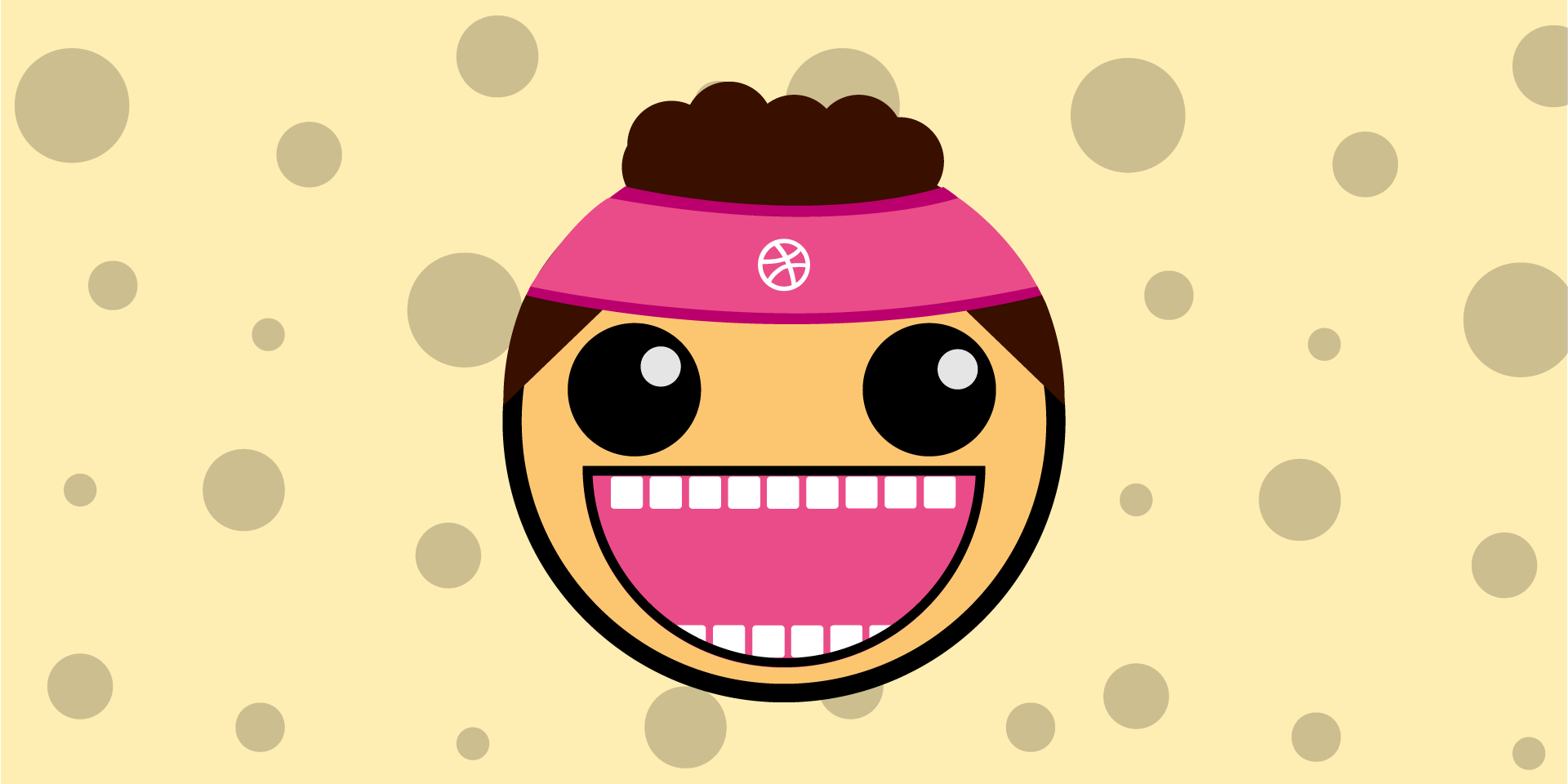And how absolute no goes can become legit

First of all I want to say that I am an absolute fan of Dieter Rahms 10 design commandments. Anyways, this article deals with how and why to break “best practices” from time to time, and a lot of bla bla as well! 🤸♂️
About kids and pensioners – How the audience can change everything
🙌 The target group – is an important factor when it comes to deciding how a website should be designed so that it can optimally appeal to the respective audience. A website for kindergarten children will certainly have different requirements than a website for pensioners. If we take a closer look at these two target groups, we can see some differences that can be very important for the design.
Kindergarten children will generally not be able to understand text content, so it will be important for the design not to rely on text content, but rather to convey content visually and make it understandable.
Interactive elements may need to be relatively large in size so that users with rough motor skills can interact well with them. Actually absolute No-Gos like musical background and interaction sounds could suddenly contribute to the improvement of the atmosphere in relation to the target group and are quite conceivable and could even be used to animate the user for interaction or to reward interactions.

The colors would presumably be chosen brightly, whereby one could rely on strong colors, which can be clearly distinguished from each other. Small children will eventually learn the colors — maybe they will use the website with an accompanying person who will help them and who can point out certain elements better due to the clear color delimitation.
It will immediately become clear to everyone that a brightly colored website with music and sound effects could be rather unattractive for pensioners without text content — not to mention the content.

The target group of pensioners also has special needs. Here, too, attention should be paid to the text — it should not be too small, as many old people can no longer see too well. Music and sound effects could rather be perceived as unpleasant and annoying — which is why you would usually only use them very rarely anyway. Also the coloring would probably (depending on the overall context) depend more on the topic than on the target group or would probably be less colorful compared to a website for kindergarten children.
Many more questions arise with the target group. Which devices does the target group use? Where do users look at the website? In what context do users view the site? Is the environment particularly bright or dark and much more?
No goals = no goal-oriented design!
Also the goal of a website can be of high relevance for the design of such a website. Do I want to inform users about the features of my product, transfer a certain image or do I want to offer the product to my customers for sale?
When the goal of a website is to convey a certain image to the user, just get his email address, selling a single simple product, or inform the user about a special topic, the website could be very rich in graphics, animations, special effects and playful elements, to get the users attention, trigger his emotions, and/or gain desire to own the product.
- Attract attention, increase desire for the product: balsoy.fr
- Informing the user: Life of your code with google
- Attract attention, increase desire for the product: catchfishandchips.com.au
If ones goal is to sell several products, or write articles (like on medium) the content should be absolutely the websites focus element. No need for deflecting elements like graphics, heavy animations or colors (of course it always depends).
Do not forget to consider the environmental conditions!
It could also matter where the audience is using you website as well. A dark theme can be a good thing. If one is doing an outdoor app, a dark theme might be a bad idea, since the users would potentially use the app in bright sunshine — where a dark theme is fortifying reflections. In this case a light the would be a better idea.

If you do a app for speleologists of course a dark theme could be a good idea, since these are working on dark places.
Many apps like google maps are offering both a dark- and a light-theme. The app can switch automatically between dark and light theme depending on the environment. Anyways, as you can see choosing between a dark or a light theme does not only depend on what the most users in general use, but especially what your specific users, needs are.
Okay, no fixed rule don’t mean no rules at all…!
As I mentioned in this article there are no fixed rules such like “design should always be minimalist”, “never use music and sound effects on a website” or “don’t do dark themes because users are using light themes, or what ever your client believes”.

The only fixed rule in design to me is: make your research, know you audience, always respond to the users needs… In the end, everything always depends on the circumstances! And in the end I would like to say that whether a design is good or bad is not a matter of taste, but is decided by the context!
